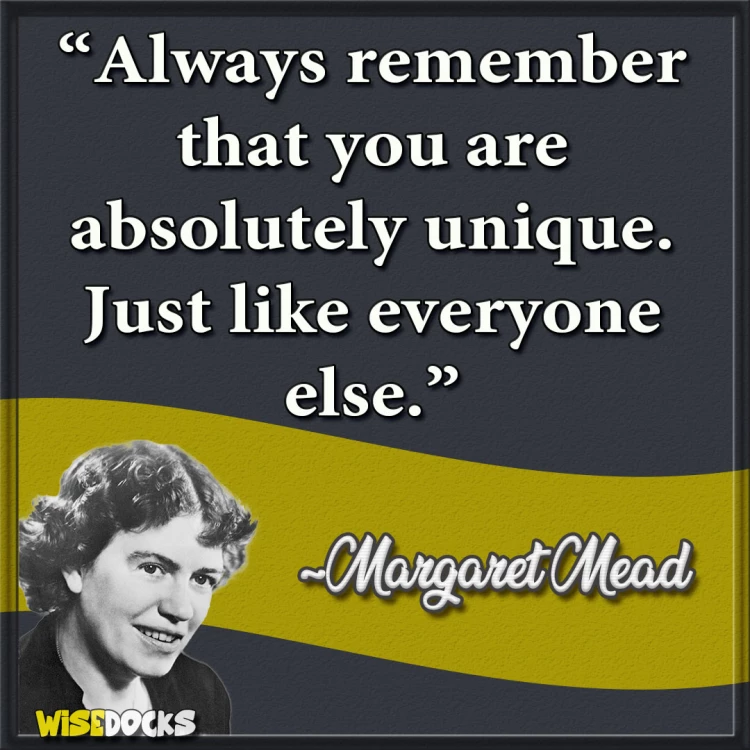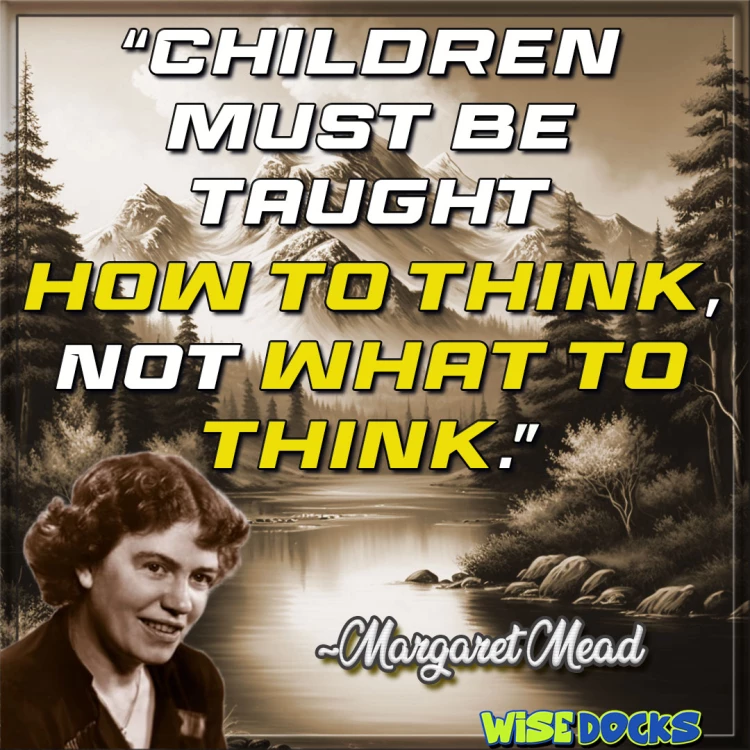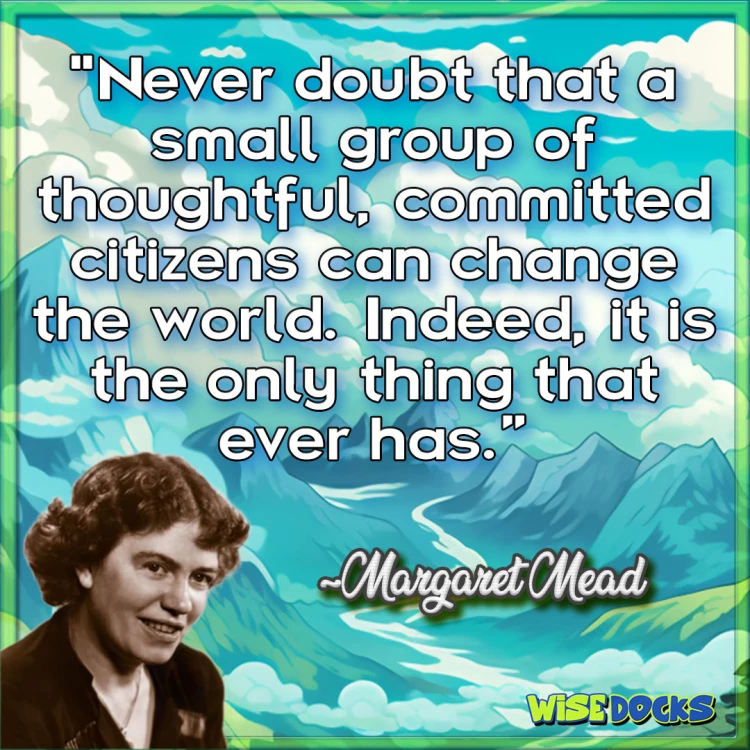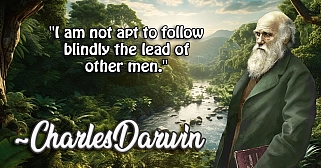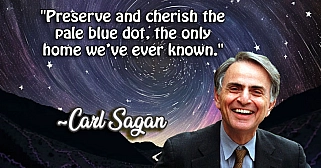Margaret Mead: Advocate for Cultural Understanding
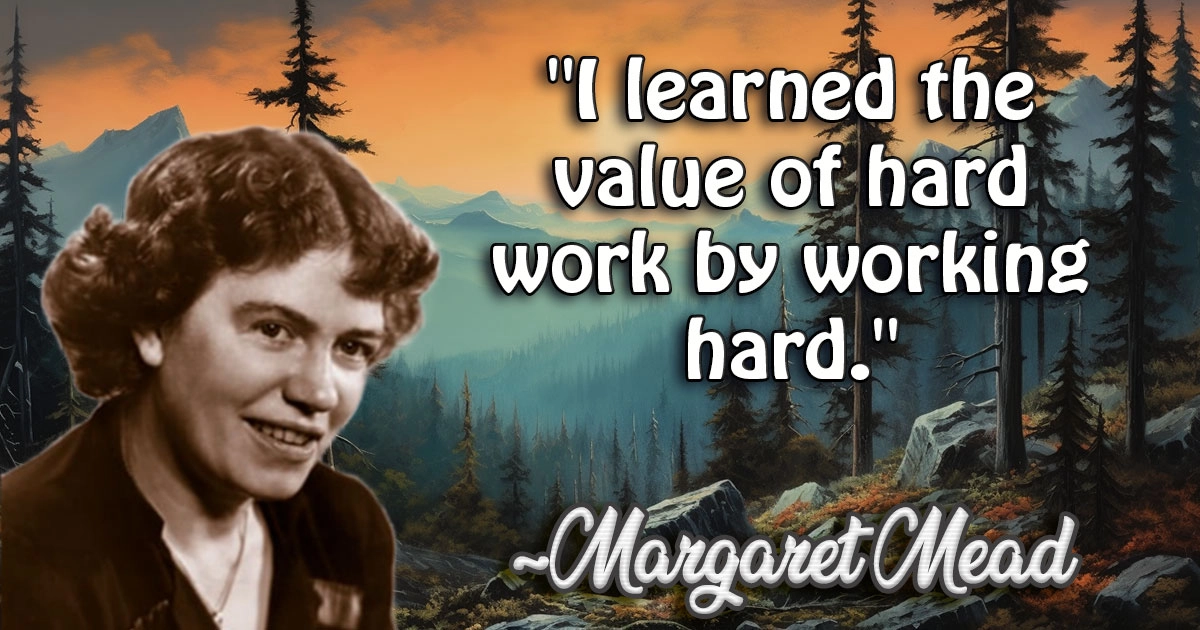
Margaret Mead
Early Life and Academic Foundations
Margaret Mead was born on December 16, 1901, in Philadelphia, Pennsylvania. She was the first of five children in a family that valued education and intellectual curiosity. Her father, Edward Sherwood Mead, was a professor of finance at the University of Pennsylvania, and her mother, Emily Fogg Mead, was a sociologist. This academic environment nurtured Margaret's interests in social sciences from a young age.
Mead attended DePauw University for a year before transferring to Barnard College, where she graduated with a bachelor's degree in 1923. She continued her studies at Columbia University, where she earned her master's degree in 1924 and later a Ph.D. in 1929. At Columbia, she studied under influential anthropologists Franz Boas and Ruth Benedict, who profoundly shaped her career and research approach.
Fieldwork in Samoa: Breaking New Ground
In 1925, Mead embarked on her first fieldwork expedition to Samoa to study adolescent girls and understand how culture influences personality development. Her groundbreaking research culminated in the publication of "Coming of Age in Samoa" in 1928. The book challenged Western perceptions of adolescence by illustrating that Samoan teenagers experienced a smoother transition to adulthood due to their culture's different social structures and expectations.
"Coming of Age in Samoa" was a sensation, both academically and publicly. Mead's accessible writing style and compelling findings brought anthropology to a broader audience. Her work emphasized the importance of cultural context in understanding human behavior, challenging the notion of universal psychological stages.
Expanding Research: Papua New Guinea and Beyond
Mead continued her fieldwork in various locations, including New Guinea, Bali, and the United States. In the 1930s, she conducted significant research in the Sepik River region of Papua New Guinea, studying the Manus and the Arapesh tribes. Her work in New Guinea further reinforced her belief that culture plays a crucial role in shaping human development and social structures.
Her book "Sex and Temperament in Three Primitive Societies," published in 1935, compared the gender roles in three different New Guinea societies, demonstrating that behaviors considered masculine or feminine were culturally constructed rather than biologically determined. This work was instrumental in advancing the field of gender studies and challenging traditional Western views on gender roles.
Personal Life and Collaborations
Margaret Mead's personal life was as dynamic as her professional one. She was married three times: first to Luther Cressman, then to Reo Fortune, and finally to Gregory Bateson. Her marriage to Bateson was particularly significant as they collaborated on numerous research projects, including studies in Bali and New Guinea. Together, they produced the book "Balinese Character: A Photographic Analysis," which used innovative methods of combining text and photographs to analyze cultural patterns.
Mead and Bateson had one daughter, Mary Catherine Bateson, who also became a respected anthropologist and author. Mead's relationships and collaborations enriched her research, providing diverse perspectives and methodologies that contributed to her pioneering work in anthropology.
Influence on Public Policy and Advocacy
Beyond her academic achievements, Margaret Mead was a passionate advocate for applying anthropological insights to address social issues. During World War II, she worked with the U.S. government on projects related to food habits, national character, and public opinion. Her ability to communicate complex ideas in an accessible way made her a valuable asset in shaping public policy.
Mead's commitment to social advocacy extended to issues such as gender equality, race relations, and environmental conservation. She was an early supporter of the women's rights movement and used her platform to speak out against racial discrimination. Her advocacy for understanding and preserving cultural diversity was ahead of its time and remains influential today.
Teaching and Mentoring the Next Generation
Margaret Mead's impact on anthropology extended beyond her research and publications. She was a dedicated teacher and mentor to many students who went on to become prominent anthropologists in their own right. She taught at Columbia University, the New School for Social Research, and other institutions, inspiring countless students with her enthusiasm for cultural anthropology and her commitment to fieldwork.
Mead's teaching philosophy emphasized the importance of immersive fieldwork and the ethical responsibilities of anthropologists. She believed that understanding other cultures required living among them, participating in their daily activities, and approaching research with an open mind and respect for different ways of life.
Publications and Intellectual Legacy
Throughout her career, Margaret Mead authored over 20 books and numerous articles, making significant contributions to the field of anthropology and beyond. Her works include "Growing Up in New Guinea" (1930), "Male and Female: A Study of the Sexes in a Changing World" (1949), and "Culture and Commitment" (1970). These publications tackled complex issues such as child development, gender roles, and the interplay between culture and personality.
Mead's intellectual legacy is characterized by her interdisciplinary approach, blending anthropology with psychology, sociology, and public policy. Her ability to engage a broad audience and her commitment to making anthropology relevant to contemporary issues set her apart as a pioneering figure in the social sciences.
Later Years and Continued Advocacy
In her later years, Margaret Mead continued to be an active voice in public discourse. She served as a curator at the American Museum of Natural History in New York City, where she helped to develop exhibits that educated the public about cultural diversity and anthropological research. Her influence extended to various organizations, including the American Association for the Advancement of Science, where she served as president in 1975.
Mead's advocacy for social change and cultural understanding remained steadfast until her death. She was a vocal advocate for environmental conservation, recognizing the interconnectedness of human societies and natural ecosystems. Her work on the relationship between culture and the environment highlighted the importance of sustainable practices and respect for indigenous knowledge.
Death and Posthumous Recognition
Margaret Mead passed away on November 15, 1978, but her legacy continues to thrive. Her contributions to anthropology and social science are commemorated through numerous awards, honors, and institutions. The Margaret Mead Film Festival, established in 1977, celebrates documentary films that explore diverse cultures and social issues, reflecting her enduring impact on the field.
Mead's influence extends beyond academic circles, as she remains a prominent figure in popular culture and public thought. Her ability to bridge the gap between scientific research and public understanding has inspired generations of scholars, activists, and thinkers.
A Lasting Impact on Anthropology and Society
Margaret Mead's pioneering work in anthropology revolutionized the way we understand human behavior, culture, and society. Her dedication to immersive fieldwork, her interdisciplinary approach, and her commitment to social advocacy have left an indelible mark on the field. Mead's legacy is not only in her extensive body of research and publications but also in her influence on public policy, education, and cultural understanding.
Mead's life and work remind us of the importance of embracing cultural diversity, challenging conventional wisdom, and using knowledge to promote positive social change. Her contributions continue to inspire and guide future generations in the quest to understand the complexities of human societies and the shared humanity that unites us all.
